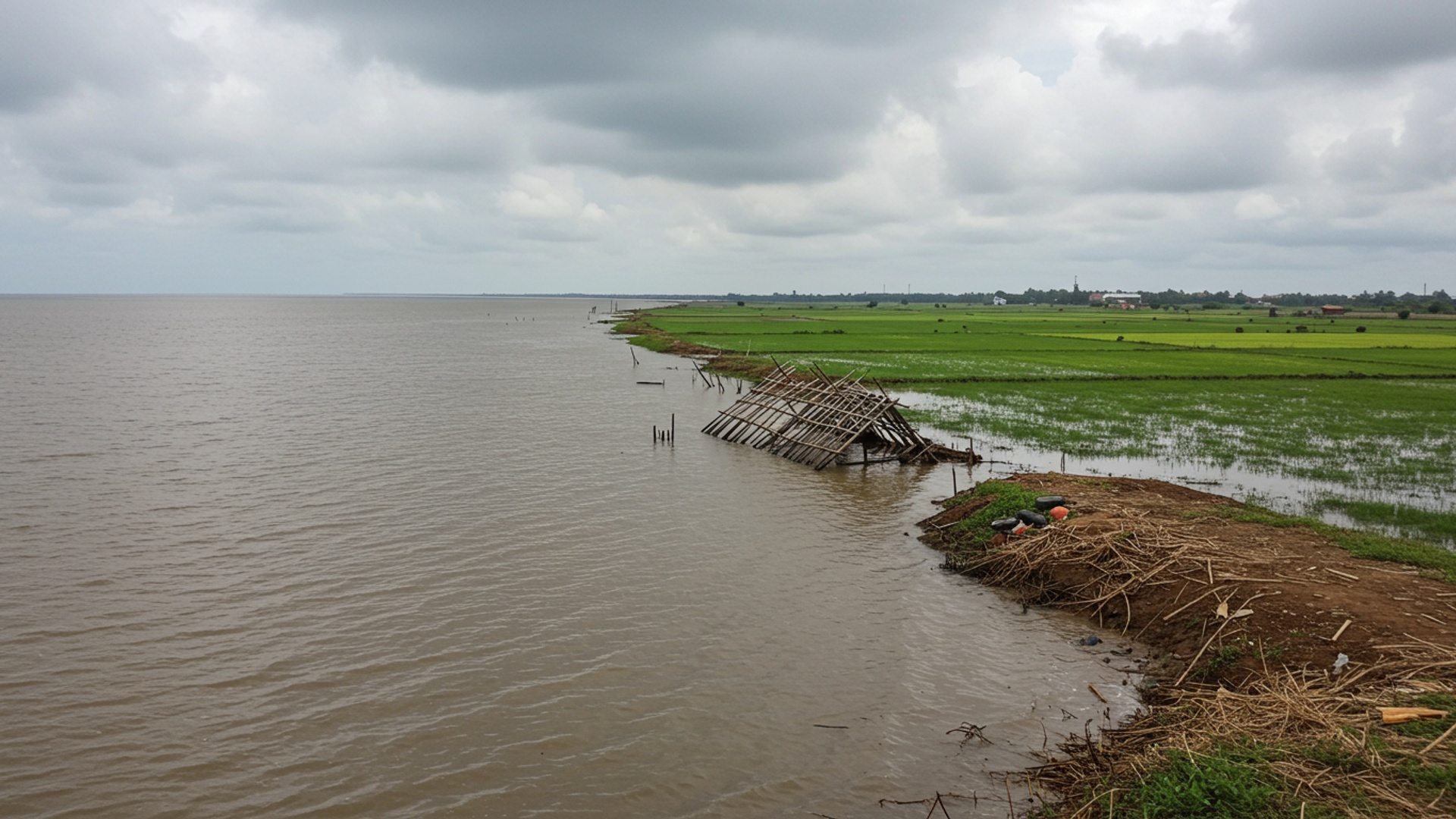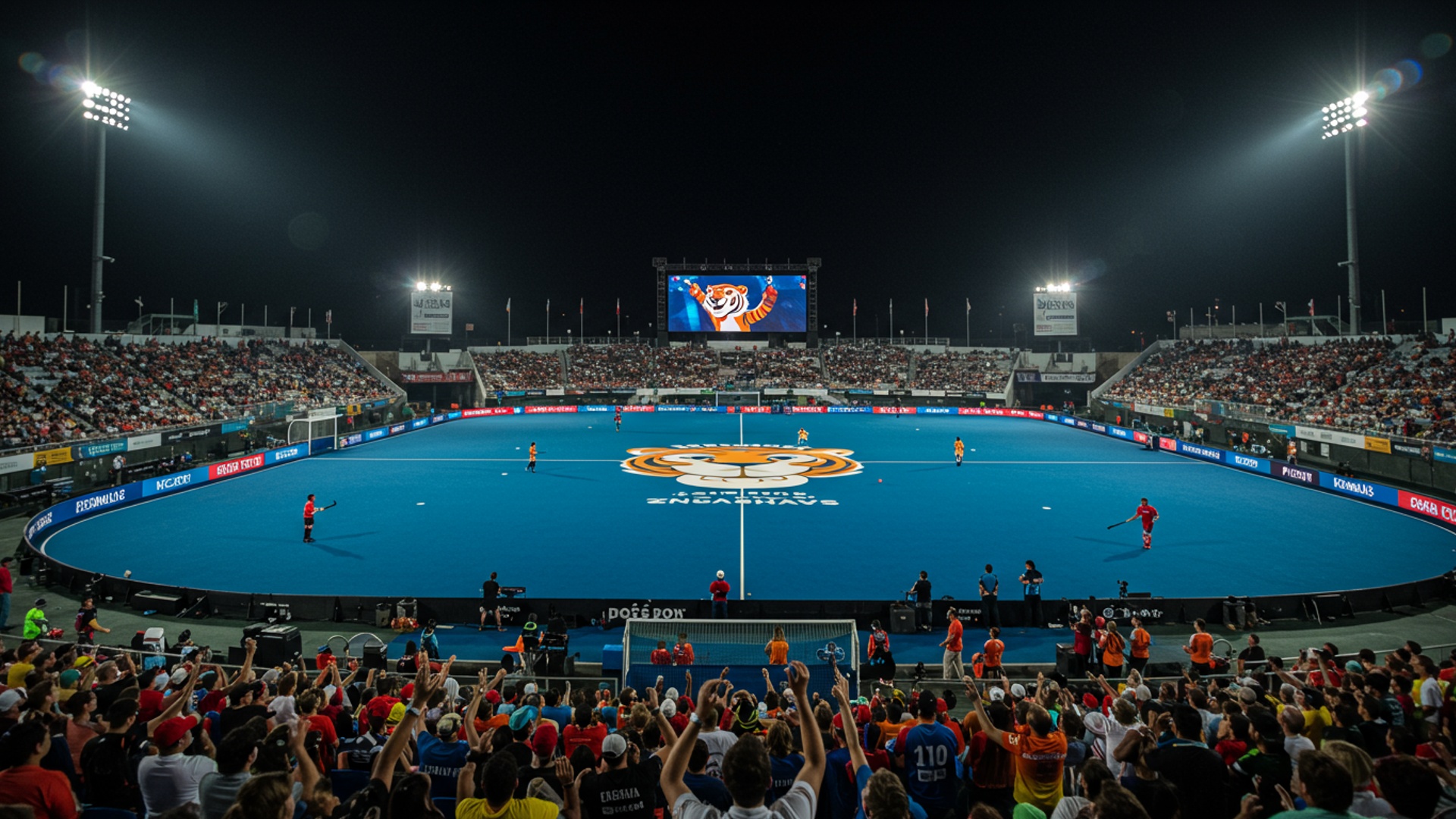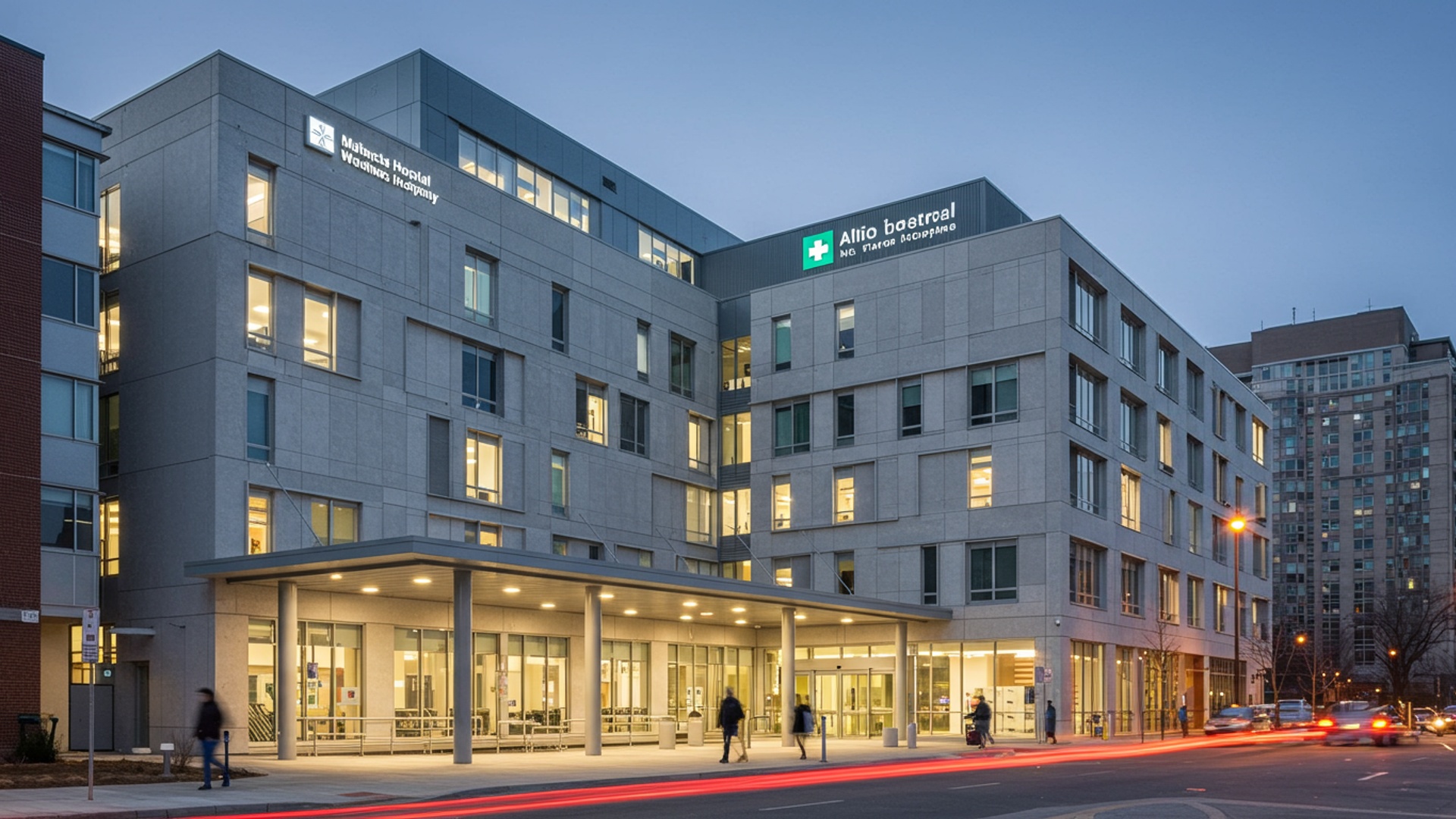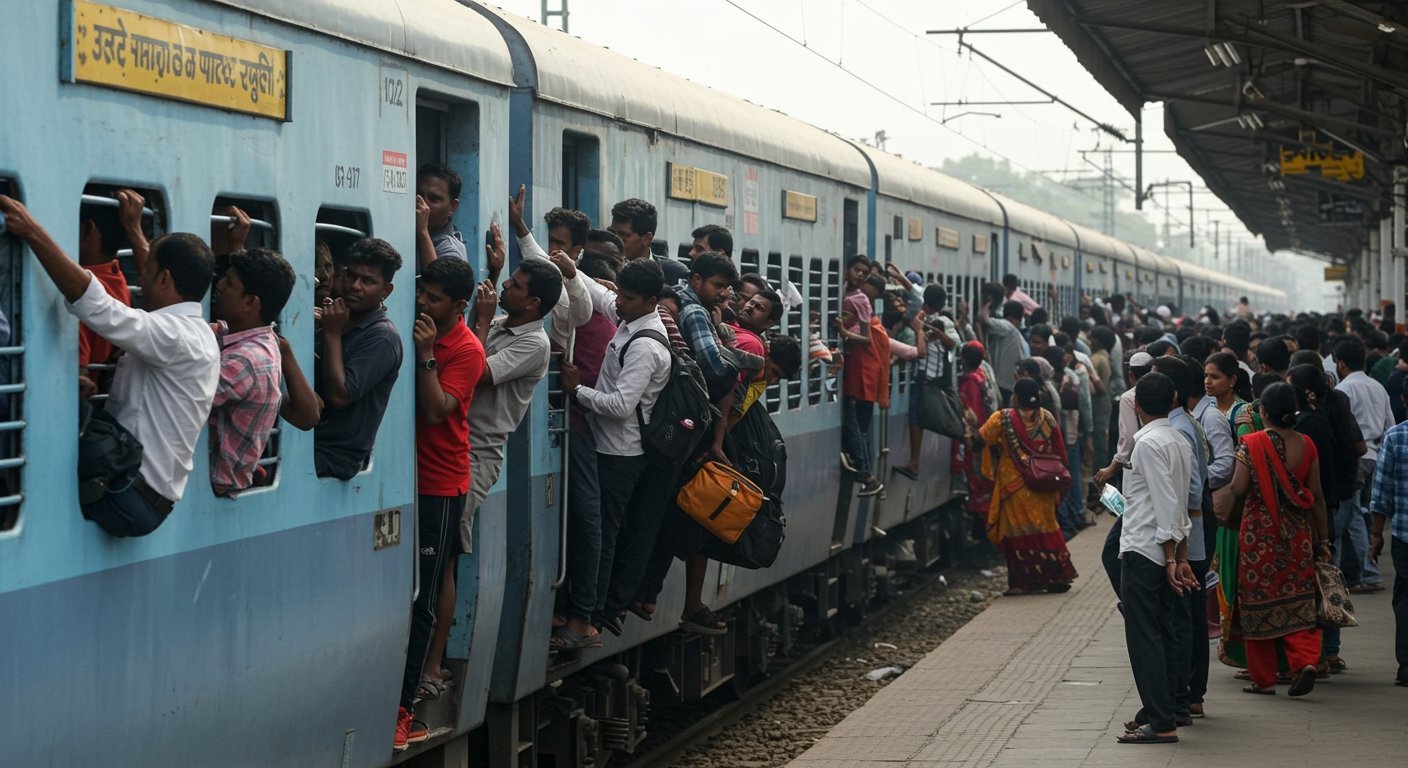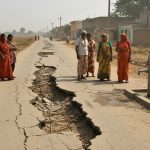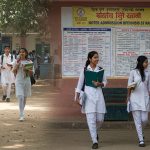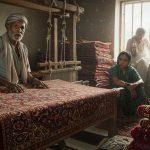Coastal Andhra faces a serious threat as the sea level is set to rise significantly by 2050, putting thousands of homes and vast areas of land at risk. This urgent danger means many people living near the coast could lose their land and ways of making a living in the coming years. Experts say the water is already getting higher. this change will speed up, affecting towns and villages along the long coastline. This is not just a problem for the future; it is happening now. people must get ready for big changes as the ocean slowly moves inland. The rising waters threaten vital farming lands and fishing areas, making life harder for many families.
Understanding the Changing Sea
The world’s sea levels are steadily rising. This rise is mainly because of global warming, which causes ocean water to expand as it gets warmer. Also, melting ice from glaciers adds more water to the oceans. Along the coast of India, the sea level is currently going up by about 3 millimeters each year. This ongoing change poses a serious threat to many coastal areas around the globe, including the long coastline of Andhra Pradesh.
Expected Sea Rise for Andhra Pradesh
For Coastal Andhra Pradesh, experts predict a specific rise in sea level. The Draft State Action Plan on Climate Change (SAPCC) indicates that the sea level will go up by about 20 centimeters in the next 25 years, reaching by the year 2050. This rise is expected to be more noticeable in districts like Nellore, Guntur. West Godavari. The state of Andhra Pradesh has a very long coastline, stretching about 974 to 1,030 kilometers. Major cities along this coast, such as Visakhapatnam, are seen as being at risk. Studies show that parts of Visakhapatnam could be under water by 2050 due to rising sea levels.
Impact on Land and People’s Lives
The expected sea level rise will bring many challenges for the people and land in Coastal Andhra.
-
Farm Land Under Threat
About 35,000 hectares of crucial farm land in coastal Andhra Pradesh are expected to become salty. When farm land becomes salty, it produces less food. This can lead to people earning less money and more poverty in these coastal areas. The areas around the Krishna and Godavari river deltas are especially at risk from this problem. Saltwater moving into fresh water sources is a major concern. Crops like rice and other grains are very sensitive to these changes.
-
Challenges for Fishermen
Fishing communities are greatly affected by these environmental changes. Warmer ocean waters and more frequent strong storms called cyclones impact marine life. This means there are fewer fish to catch and fewer days when fishermen can go out to sea. Houses and fishing tools also get damaged by the strong weather. The land along the coast is also being washed away, reducing space for homes and for fishing activities. This can force people to move from their homes. Around 38% of the people living on the coast, especially fishermen, are directly feeling the effects of these environmental changes.
-
Washing Away of Beaches
A report from the National Centre for Coastal Research states that 28. 7 percent of the beaches in Andhra Pradesh are eroding, meaning they are being washed away. Places like Uppada, Visakhapatnam, Machilipatnam, the Krishna and Godavari river delta areas. Krishnapatnam are seeing a lot of this erosion. Human activities like building along the coast and cutting down trees also make this erosion worse.
Steps Taken and Future Plans
The government and other groups are working to deal with the challenges of rising sea levels and coastal changes.
-
The Andhra Pradesh government has a Draft State Action Plan on Climate Change (SAPCC) to guide its efforts.
-
Coastal Zone Management Plans (CZMP) have been prepared with help from the National Centre for Sustainable Coastal Management (NCSCM). These plans map out coastal areas and mark vital zones.
-
A “hazard line” has been drawn along the entire coast of Andhra Pradesh. This line shows how the shoreline might change, including due to rising sea levels. It is a tool for government agencies to use in planning for disasters and taking protective steps.
-
There is also an Integrated Coastal Zone Management Project (ICZMP) which aims to protect coastal environments, manage pollution, ensure people’s livelihoods. build local capacity.
-
Projects are being worked on to stop sea erosion in various places, including Sriharikota, Vodalarevu near Konaseema, Kakinada. Uppada. For Visakhapatnam, plans to control coastal erosion are estimated to cost about 200 crore rupees.
-
A special unit focused on climate change has been created within the Environment, Forests, Science & Technology Department of the state government.
-
The 15th Finance Commission has suggested giving 1,000 crore rupees for moving people who have been forced to leave their homes because of erosion between 2021 and 2026.
-
Restoring mangrove forests is also being used as a way to help protect the coast. Mangroves can help build up land through sedimentation and act as natural barriers against saltwater.
Voices from Affected Areas
People living along the coast are experiencing these changes firsthand.
“The amount and quality of fish have gone down in the last ten years. so have our lives. Many of us are coastal fishermen who catch fish near the shores. Today, the amount of fish caught has dropped by 50 percent. large amounts of ocean waste are caught instead,” said Tataji, a fisherman from Visakhapatnam.
Families have already been forced to move from their homes in places like Uppada because of high tides washing away houses. Many who still live in coastal areas live with fear. Experts say it is very vital to protect natural areas like mangroves and coastal wetlands. There are also concerns that new building projects and business activities along the coast are not always following rules meant to protect these sensitive areas.
![]()

